Birds of Prey
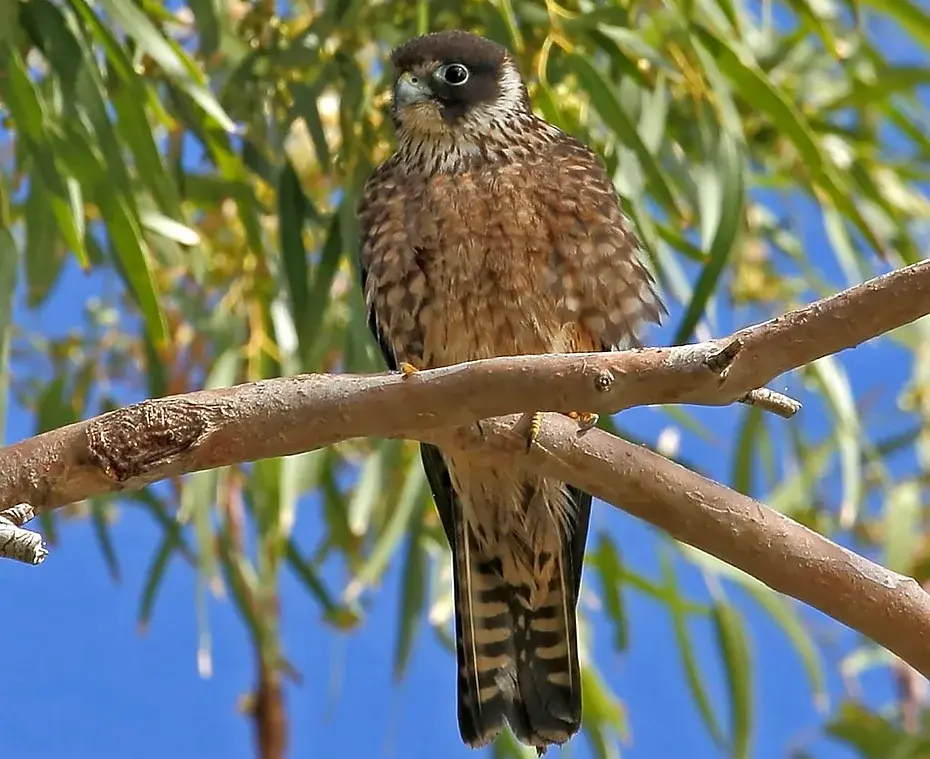
Australian Hobby or Little Falcon
The Australian Hobby, also known as the Little Falcon, is a solitary and aggressive falcon. It preys on birds, bats and flying insects taking them in mid air after pursuit or in power dives from above. It seldom lands on the ground. Its flight is often characterised as low and fast, zig-zagging over or between vegetation and open ground. When hovering, it uses rapid flickering wing beats, with a fanned tail.
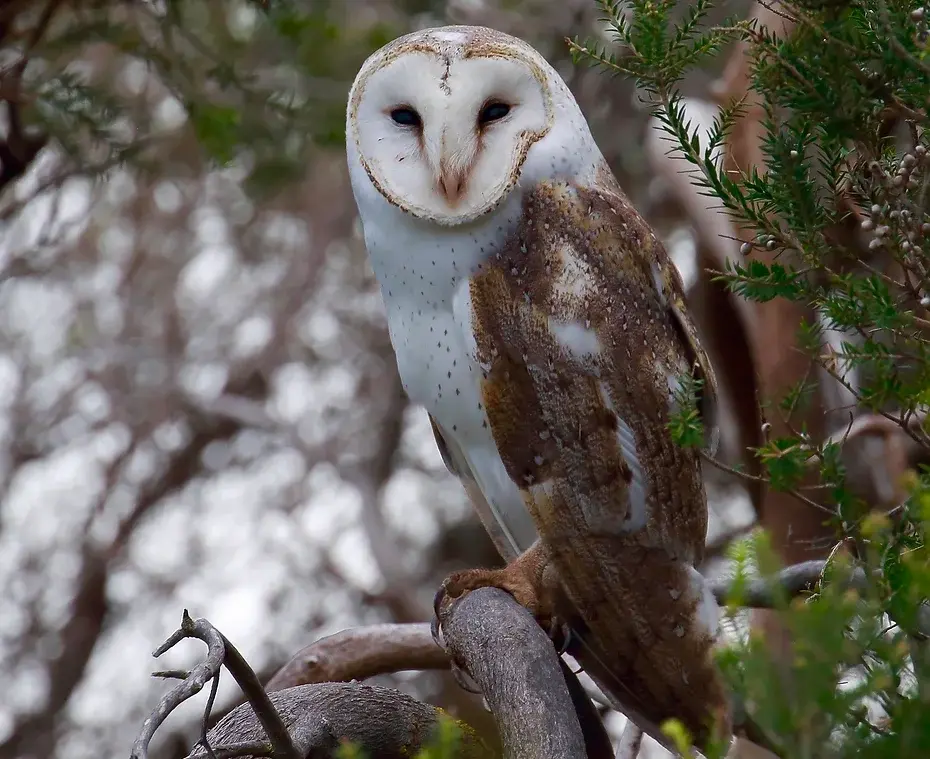
Barn Owl
Barn Owls are generally hard to see as they are mostly active at night, hunting in flight, searching for prey on the ground using their exceptional hearing. The heart-shaped structure of their face facilitates sound waves to be channelled toward the ears, allowing the owl to pinpoint prey even in complete darkness. When threatened, the Barn Owl crouches down and spreads its wings.
The photo here of a Barn Owl was taken in the dunes at Taperoo.
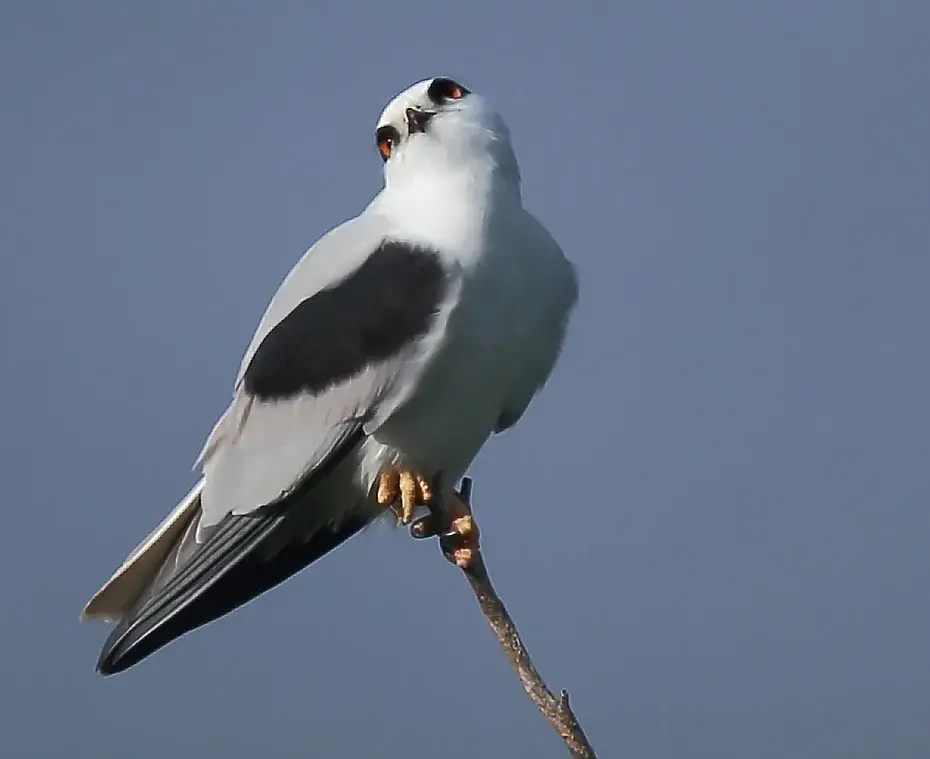
Black Shouldered Kite
The Black Shouldered Kite is a small to medium bird of prey. It is pale grey and white with distinctive black shoulders, hence its name. It hunts during the day, particularly early morning and late afternoon, and is often seen hovering with its wings held upright in a V shape before dropping down and grabbing prey with its talons. It feeds mainly on rodents, particularly mice, but will also eat insects such as grasshoppers.
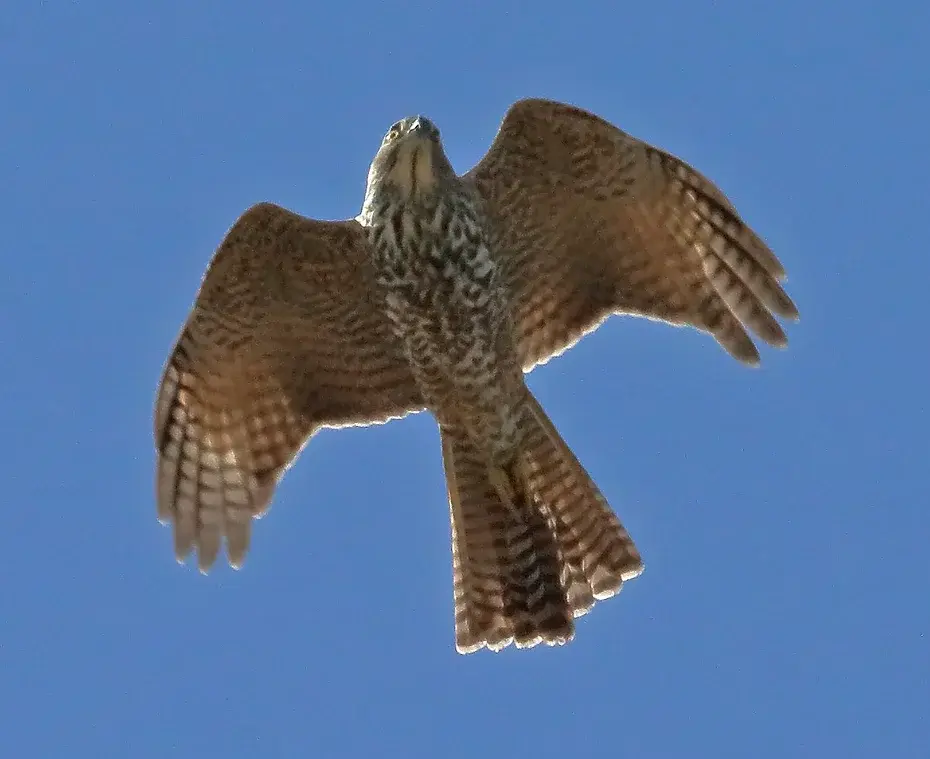
Collared Sparrowhawk
The Collared Sparrowhawk is a medium-sized, finely built bird of prey with wide staring bright yellow eyes. They rely on trees or tall shrubs for cover to ambush their prey, darting out to catch small birds. They mainly eat small birds caught in flight and hunt during the day, and also at dawn and dusk, to catch birds at their roost sites. Their very long middle toe is used to clutch their prey, before it is killed, plucked and eaten.
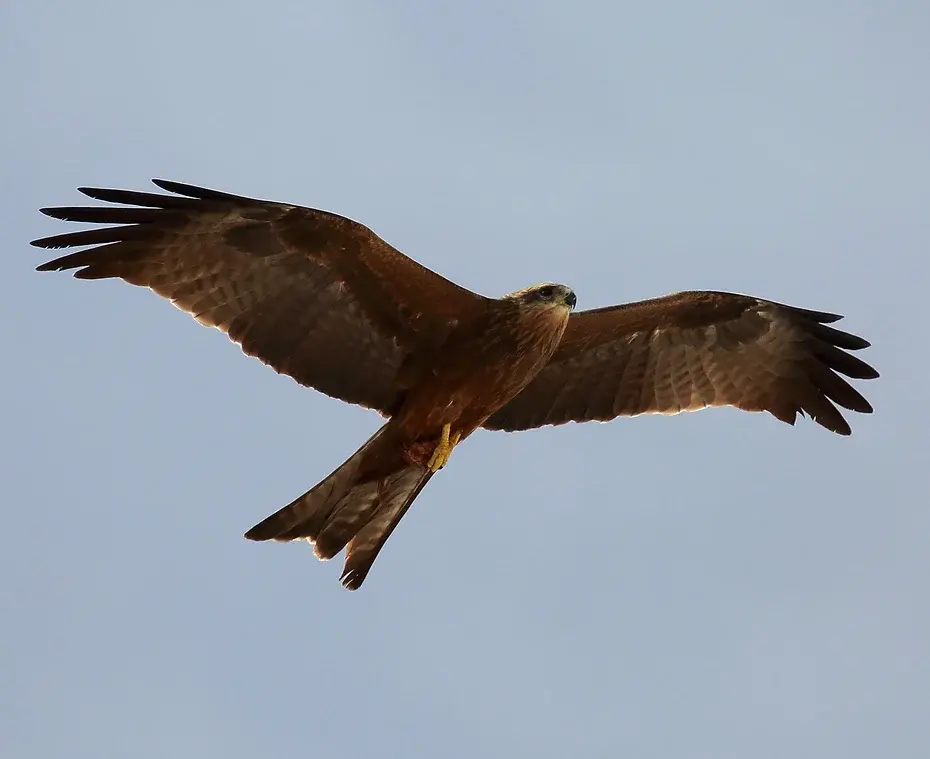
Fork Tailed or Black Kite
Fork Tailed (or Black) Kites are spectacular, soaring effortlessly in the wind, their long forked tails constantly twisting to manoeuvre the bird whilst searching for food. It preys on lizards, small mammals and insects, especially grasshoppers. Although a rare visitor to Taperoo Dunes, up to four of these majestic birds have recently been seen above the dunes.
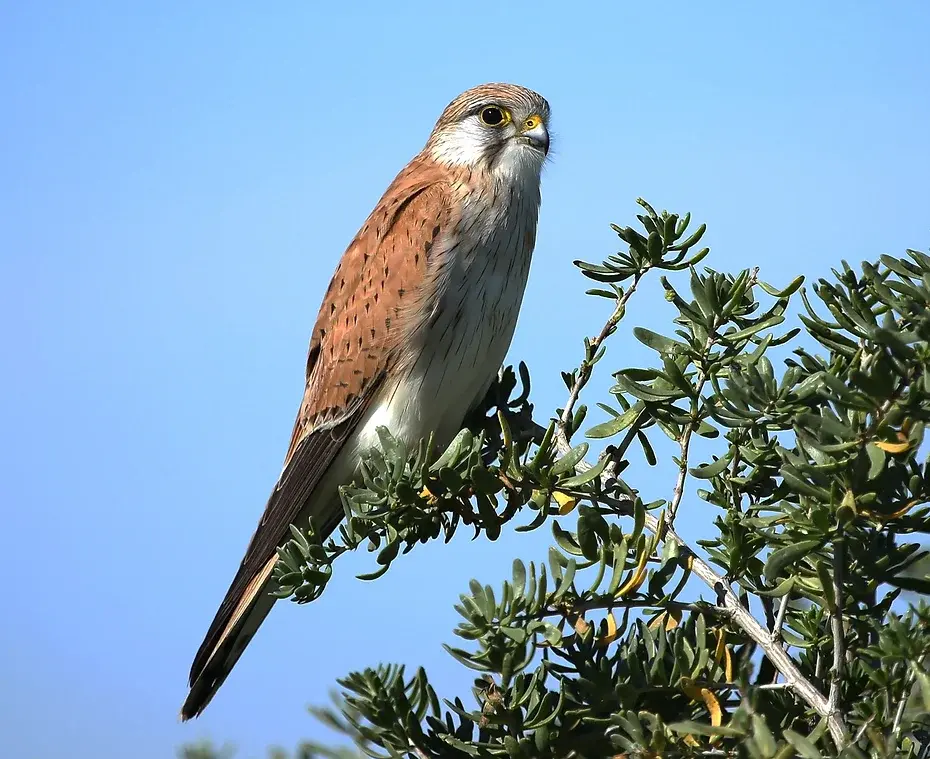
Nankeen Kestrel
The Nankeen Kestrel does not rely on speed to catch its prey, unlike many falcons. Instead, it perches in an exposed position or hovers a short distance above the ground. Once prey is spotted, the bird drops nearer to the ground until it is close enough to pounce. Some insects and birds may be caught in mid-air or snatched from tree branches. It mainly feeds on small mammals, reptiles, small birds and a variety of insects.
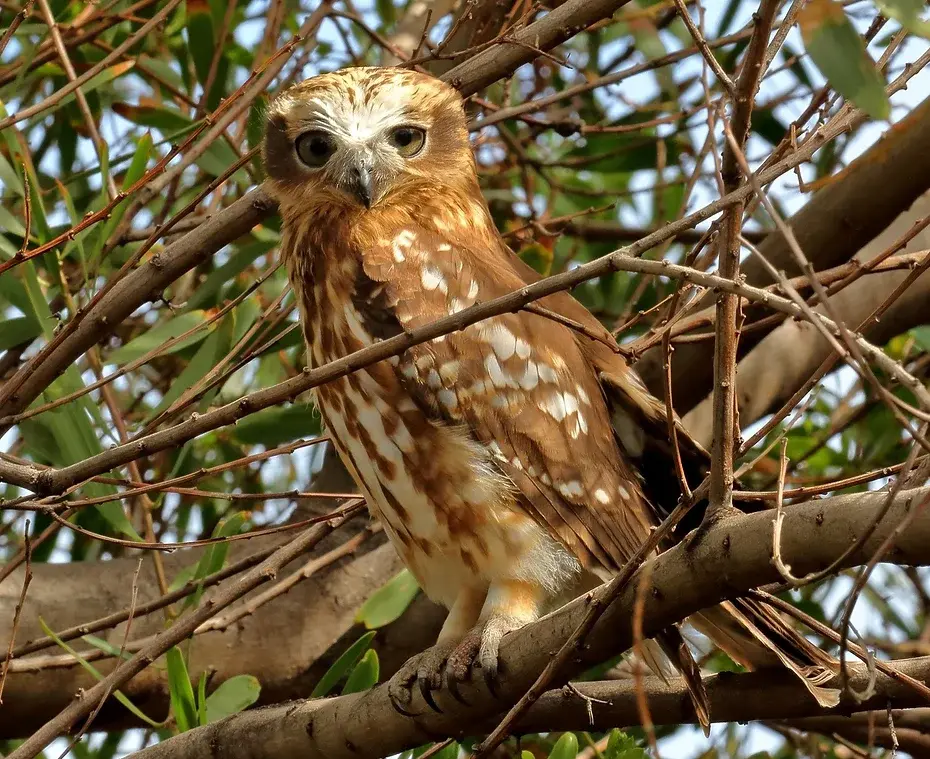
Southern Boobook
The Southern Boobook, also known as the ‘Mopoke’, is the smallest and most common owl in Australia. It feeds on insects and small animals mostly at night but some afternoon and morning activity may occur, especially on dull days. Most prey is detected by listening and watching from a suitable tall perch. Once detected, flying prey, such as moths and small bats, are seized in mid-air, while ground-dwelling prey animals are pounced upon. The photo here was taken in Taperoo Dunes.
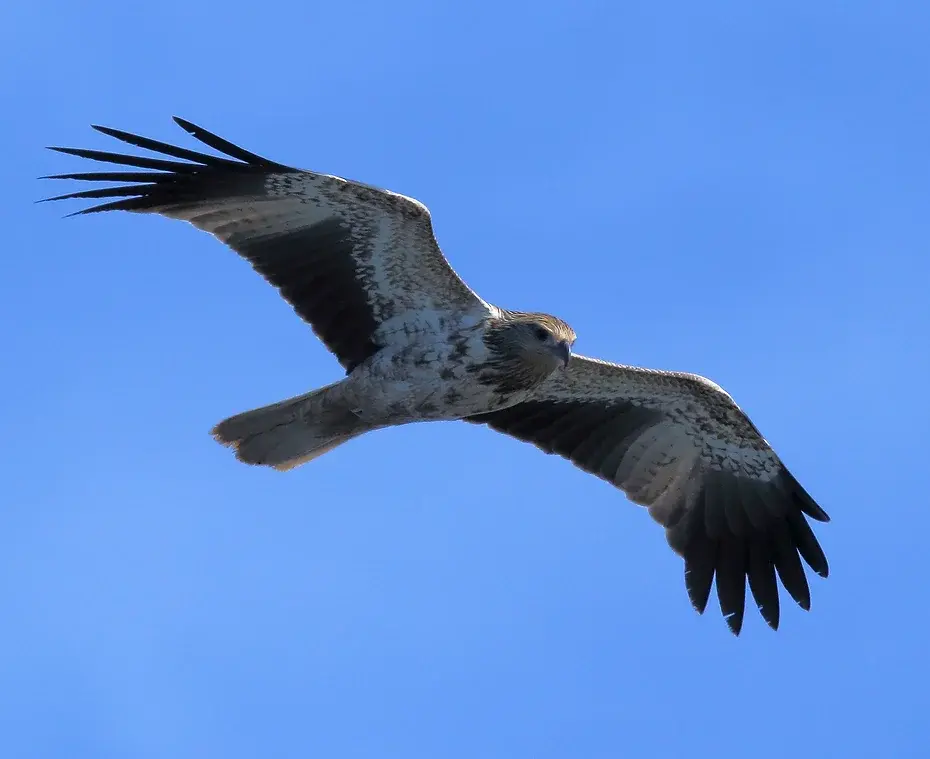
Whistling Kite
The Whistling Kite is a graceful bird sometimes heard uttering a loud whistling call, hence its name. It sails about searching for prey on the ground, swooping down and feeding on it there if it is too large to carry. Their diet consists of live prey, especially rabbits and hares, as well as fish, reptiles, birds, small mammals and invertebrates. They sometimes attend fires to catch fleeing prey, and they may steal food from other birds of prey.